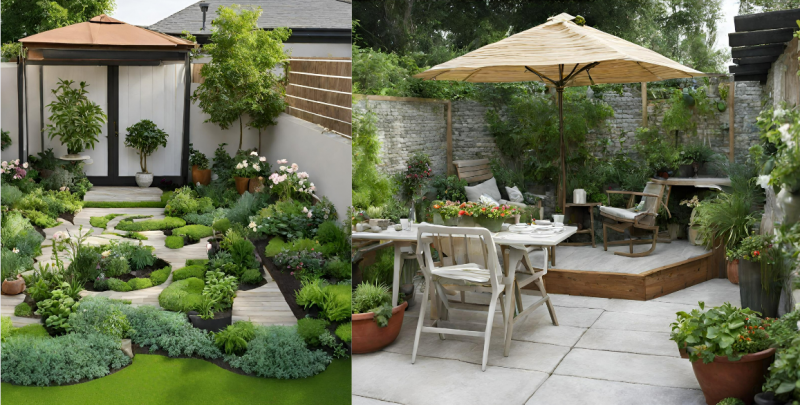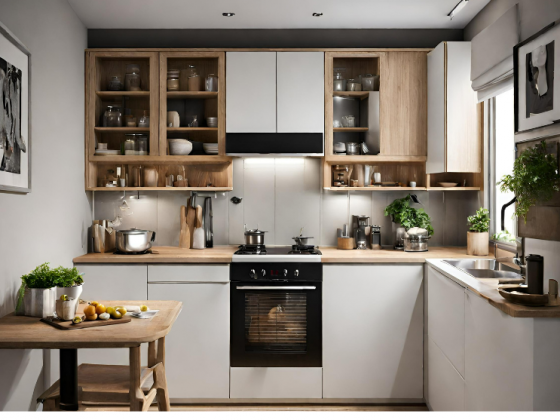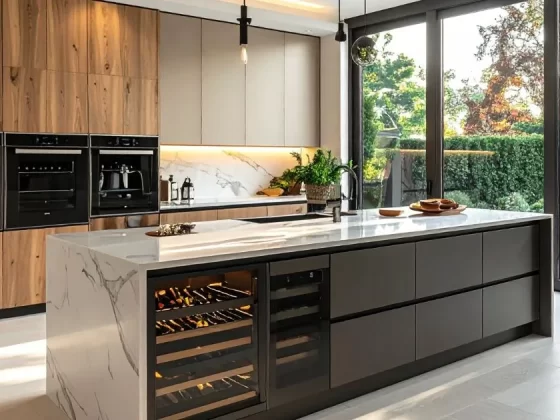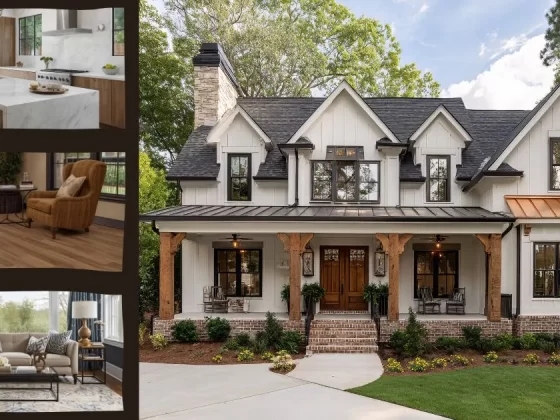In the world of gardening, size doesn’t always matter. Whether you have a tiny apartment balcony, a small patio, or just a little nook in your backyard, you can transform even the smallest space into a lush and vibrant garden. You don’t need a lot of room or money to create a beautiful and functional garden. You just need some creativity, planning, and the right plants for your tiny garden.
We’ll take the steps to creating a tiny garden and offer tips on how to maintain it, ensuring a thriving green oasis. We’ll show you how to choose the best plants for your space, how to use containers and vertical gardening techniques, how to design a layout that maximizes your space and light, and how to water, fertilize, and prune your plants. Whether you want to grow flowers, herbs, vegetables, or succulents, you’ll find some inspiration and guidance in this article.
Creating Your Tiny Garden
Choose the right location.

Assess your available space and select a location that receives adequate sunlight. Most plants need at least 4-6 hours of sunlight each day to thrive.
Select the right plants:
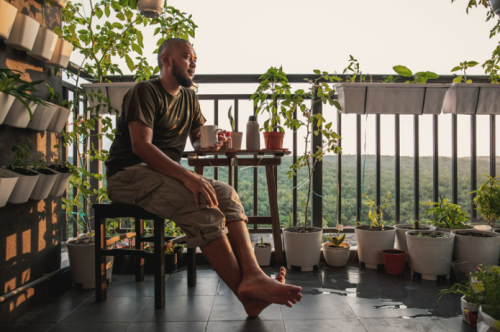
Opt for small or dwarf varieties of plants and flowers. Compact herbs, succulents, and ornamental grasses are excellent choices for tiny gardens. Additionally, consider growing vertical plants like climbers and wall-mounted planters to maximize space.
Container Gardening:

Utilize containers, pots, and hanging baskets. Container gardening is perfect for small spaces as it allows you to control the soil quality, water, and placement of your plants. Be sure to use well-draining potting soil.
Plan your layout:

Arrange your plants strategically. Place taller plants at the back or in the center, and shorter ones toward the front or edges. This provides a sense of depth and makes the garden appear more substantial.
Use vertical space.
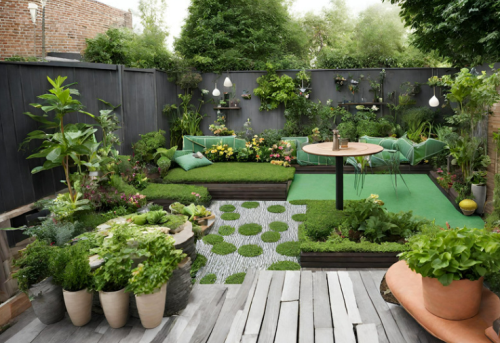
Install wall-mounted planters or shelves to grow plants vertically. This not only saves ground space but also adds an attractive dimension to your garden.
Regular Maintenance:
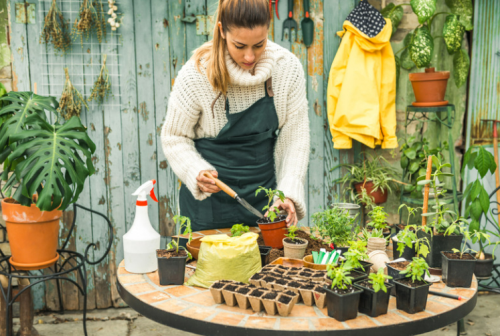
Regularly water your plants, but be mindful not to overwater. Small gardens can dry out quickly, so consistent, light watering is key. Use a saucer beneath pots to retain moisture.
Maintaining Your Tiny Garden
Pruning and trimming:
Regularly prune and trim your plants to control their size and shape. Remove dead leaves and spent blooms to encourage new growth.
Fertilization:
Use a balanced, slow-release fertilizer to provide your plants with essential nutrients. Follow the recommended guidelines for your specific plant varieties.
Pest Control:
Keep an eye out for pests, and address infestations promptly. You can use organic pest control methods or insecticidal soap to protect your garden.
Weeding:
Weed regularly to prevent unwanted plants from taking over your tiny garden. Hand-pulling is usually sufficient in a small space.
Seasonal Changes:
Adjust your plant selection according to the season. Consider replanting or rotating your container plants as weather conditions change.
Mulching:
Apply a layer of mulch to help retain moisture and suppress weeds. Mulching also adds a neat and attractive finish to your garden.
Gardening Calendar:
Create a gardening calendar to keep track of tasks such as fertilizing, pruning, and repotting. This will help you maintain a thriving garden year-round.
Maintenance is essential to keep your tiny garden flourishing
A small space doesn’t have to limit your gardening aspirations. By selecting the right plants, using containers, and implementing creative design techniques, you can create a beautiful, tiny garden that brings joy and greenery into your life. You can choose from a variety of plants that are suitable for small gardens, such as herbs, succulents, flowers, and vegetables. You can also use containers, such as pots, baskets, and hanging planters, to make the most of your vertical space and add some color and texture to your garden.
Remember that maintenance is essential to keep your garden flourishing, and with a little love and attention, your small garden will continue to thrive and provide you with a soothing, natural retreat right at home. You should water, prune, and fertilize your plants regularly and check for pests and diseases. You should also change the soil, repot your plants when needed, and rotate your crops if you grow vegetables. By following these simple tips, you can enjoy the benefits of gardening in a small space, such as fresh produce, improved air quality, and reduced stress.

